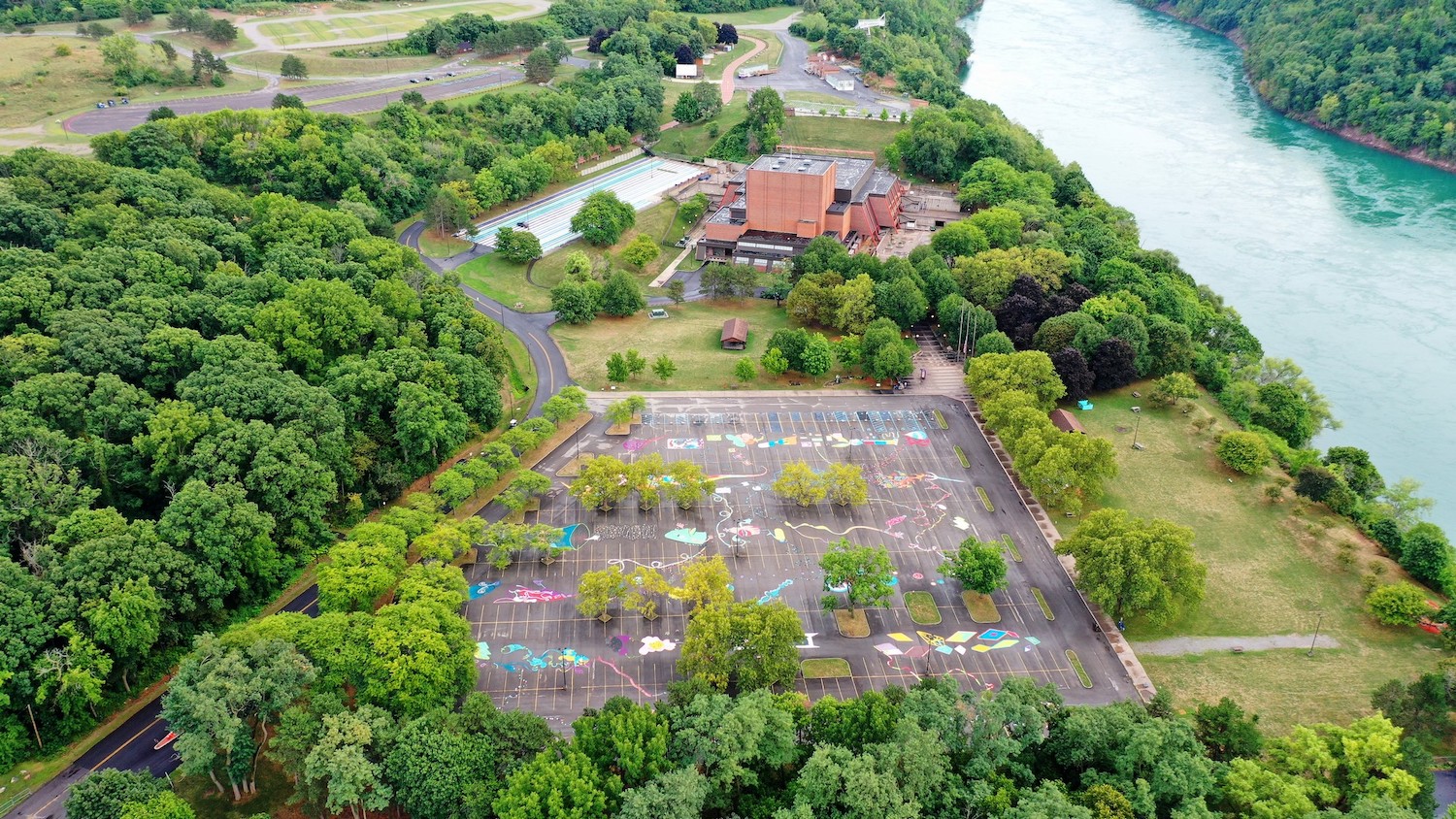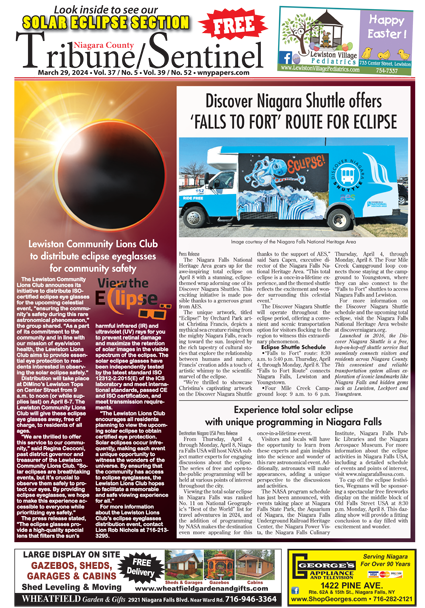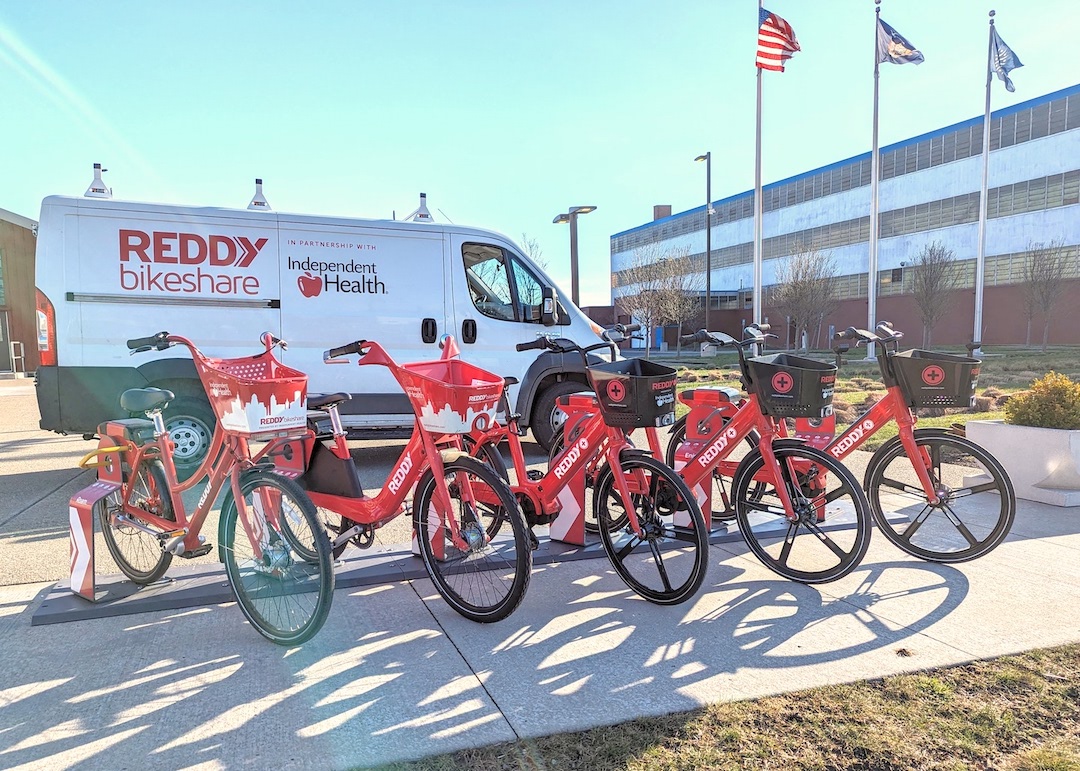Featured News - Current News - Archived News - News Categories
Western New York is poised to come off Gov. Andrew Cuomo’s “New York State on PAUSE” executive order.
On Sunday, Cuomo said the region only needs to fulfill “administrative” duties related to the number of contact tracers before it can enter phase one of reopening.
Phase one includes:
At his press conference, Cuomo said, “There's been a shift in the Capital Region and in Western New York, where on the seven metrics they are now qualified for reopening. There is still a need to increase tracing – the number of people who are prepared to do tracing. And that is a pure administrative function; and we'll be working with both Capital Region and Western New York to get that tracing up. But that is a purely administrative function.
“In the Capital District, we need 383 tracers. We need an additional 166 identified. Western New York, we need 521; we'd need an additional 352. We'll be talking to the regional heads today, to find those additional personnel and get them trained and get them ready.
“But that's the only function that has to be performed for those regions to open. And again, that's something that we anticipated, and that's just administrative, and working together with the regions we can get that done. So, that's good news.”
In the “New York Forward” booklet released last week by the state, it reads: “Each region will reopen businesses in phases, with at least two weeks in between each phase. This allows state and local leaders to monitor the effects of the reopening and ensure hospitalization and infection rates are not increasing before moving to the next phase and permitting more economic activity.
“The phase-in plan prioritizes businesses considered to have a greater economic impact and inherently low risks of infection for the workers and customers, followed by other businesses considered to have less economic impact, and those that present a higher risk of infection spread. Additionally, when phasing-in reopenings, regions must not open attractions or businesses that would draw a large number of visitors from outside the local area.”

Over the past week, Western New York had yet to meet the first two metrics:
√ Decline in total hospitalizations. Regions must show a sustained decline in the three-day rolling average of total net hospitalizations (defined as the total number of people in the hospital on a given day) over the course of a 14-day period. Alternatively, regions can satisfy this metric if the daily net increase in total hospitalizations (measured on a three-day rolling average basis) has never exceeded 15.
The first number in this cell represents the number of consecutive days of decline in the three-day rolling average of total net hospitalizations; if this number is 14 or greater the region automatically satisfies this metric. The second number represents the maximum daily net increase in total hospitalizations measured on a three-day rolling average that the region has experienced; if this number is 15 or less the region automatically satisfies this metric.
√ Decline in deaths. Regions must show a sustained decline in the three-day rolling average of daily hospital deaths over the course of a 14-day period. Alternatively, regions can satisfy this metric if the three-day rolling average of daily new hospital deaths has never exceeded five.
The first number in this cell represents the number of consecutive days of decline in the three-day rolling average of daily hospital deaths; if this number is 14 or greater the region automatically satisfies this metric. The second number represents maximum daily increase in the three-day rolling average of new hospital deaths that the region has experienced; if this number is five or less the region automatically satisfies this metric.
A chart shown during the governor's press briefing showed Western New York now has those criteria in place.
√ The metric for contact tracing capacity states the number of contact tracers in each region must meet thresholds set by the Department of Health, in collaboration with the Johns Hopkins University School of Public Health and Vital Strategies.
These metrics have been established based on guidance from the Center for Disease Control and Prevention, the World Health Organization, the U.S. Department of State, and other public health experts.

Metrics as of Saturday. Image courtesy of the Office of Gov. Andrew Cuomo
'New York on PAUSE'
Cuomo put “New York on PAUSE” on March 20 to “assure uniform safety for everyone.”
The book explained, “On March 29, a Columbia University team projected a peak of 136,000 COVID-19 hospitalizations in New York City alone. McKinsey & Company, a consulting firm, projected a ‘severe’ scenario with a peak of 110,000 COVID-19 hospitalizations statewide, and a ‘moderate’ scenario with a peak of 55,000 COVID-19 hospitalizations. A team of global health statisticians at the Institute for Health Metrics and Evaluation at the University of Washington, in partnership with the Bill and Melinda Gates Foundation, projected a peak of 73,000 hospitalizations statewide.”
Fortunately, “In actuality, to date the number of hospitalizations in New York State peaked on April 12th, at 18,825 total hospitalizations – a fraction, thankfully, of even the most conservative projections.”
The book pointed out, “New York succeeded in slowing the spread of the virus through aggressive mitigation measures and widespread public buy-in – the individual choices of millions of New Yorkers. The ‘New York PAUSE (Policies Assuring Uniform Safety for Everyone)’ plan, including the order that all non-essential workers stay at home provided the critical and correct framework for a state government’s response to the pandemic.
“Orders to limit non-essential gatherings, close schools statewide, and shut down in-office work for non-essential employees helped limit COVID-19’s ability to spread throughout the state, and allowed the state to quickly identify emerging hotspots and focus its medical response resources there.
“The state also implemented ‘Matilda’s Law’ – named for the former First Lady of New York, Matilda Cuomo – to protect our most vulnerable populations, including individuals age 70 and older, those with compromised immune systems and those with underlying illnesses. The measure requires those individuals stay home and limit home visitation to immediate family members or close friends in need of emergency assistance and if necessary to visit such individuals, visitors should get prescreened by taking their temperature.”
Businesses can click HERE for additional resources.
Per “New York Forward,” phase one includes:
Construction
Agriculture, Forestry, Fishing & Hunting
Retail Trade
Phase one includes delivery, curbside and in-store pickup service only for the following businesses:
Note: In-store pickup is defined as a customer placing an order for specific item(s) by phone or internet in advance, then collecting such order at the retail location. The retail location must abide by physical distancing requirements, which prohibit occupancy within the location to no more than 50% of the maximum occupancy, including both employees and customers. Customers are only allowed on the premise to retrieve their prearranged order; not to browse or place an in-person order. Customers must maintain six feet of space from others or wear an acceptable face covering, if unable to maintain such distance.
Manufacturing
Wholesale Trade
No waivers will be issued in phase one for businesses that do not qualify.





























